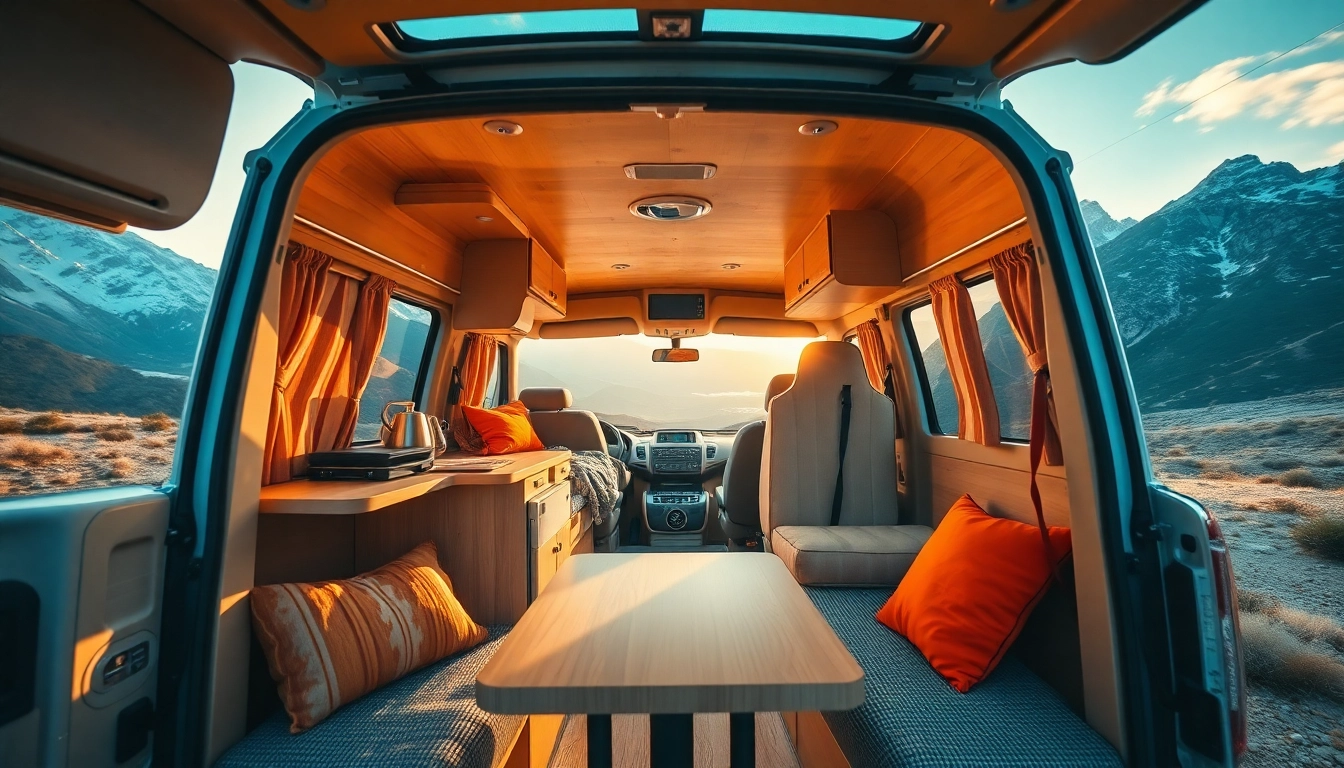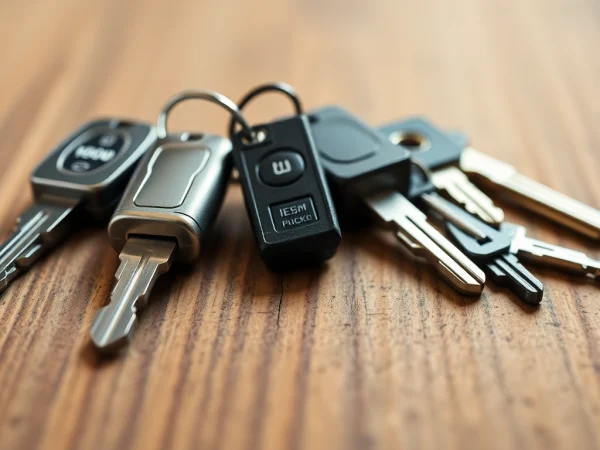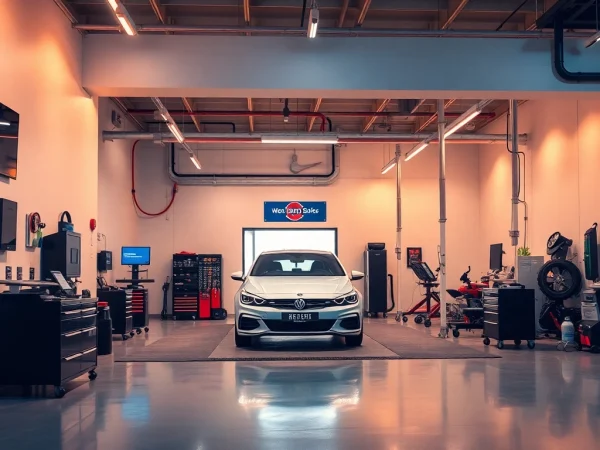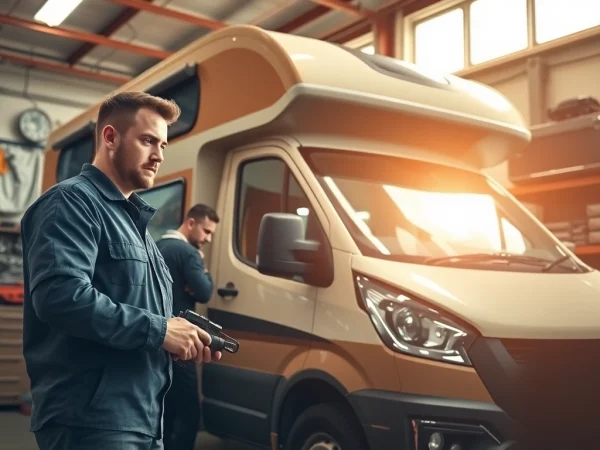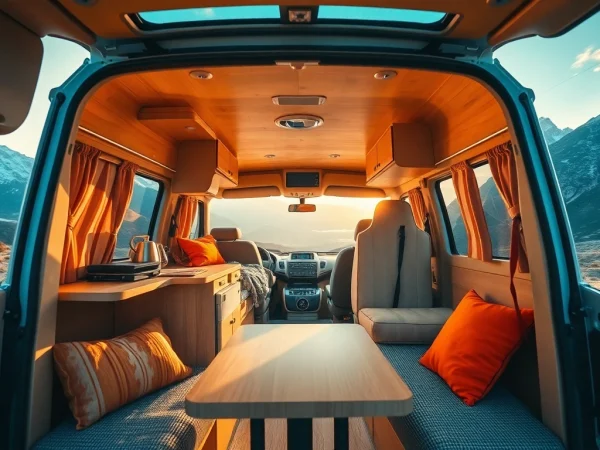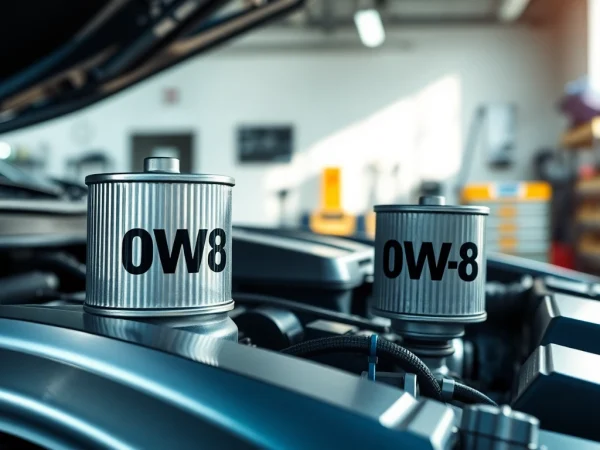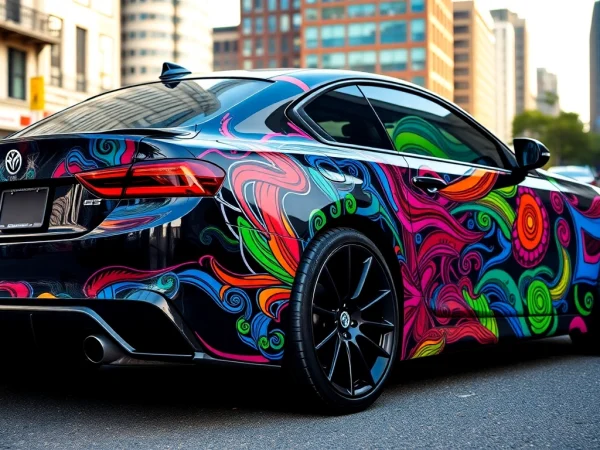Creating Your Perfect Van: Design, Features, and Essential Accessories
Understanding What Makes the Perfect Van
Finding the perfect van can be a transformative journey, whether you intend to use it for family trips, everyday errands, or full-time travel. The ideal van isn’t just about its make and model; it’s also about how well it fits into your lifestyle, your specific needs, and the experiences you wish to create. This guide will explore various facets of what makes for the perfect van, from understanding your requirements to designing a layout that suits your personal taste.
Defining Your Needs and Lifestyle
Understanding your needs is the first step in the quest for the perfect van. Different lifestyles call for different types of vans, and assessing what you need can save you time and money down the road. Here’s how to begin:
- Travel Goals: Are you looking for a van primarily for vacations, weekend getaways, or living full-time on the road? Each option requires different considerations.
- Passenger Capacity: Consider how many people will often be traveling with you. If you’re a solo traveler, a compact camper van might be perfect. However, families will require more room and features tailored for children.
- Usage Frequency: Think about how often you’ll use the van. Daily commuting needs will differ significantly in terms of comfort, fuel efficiency, and storage needs compared to occasional use.
- Types of Activities: Are you into hiking, biking, or surfing? Different activities may require additional storage solutions or specific installations like bike racks or surfboard holders.
Popular Van Types and Their Usages
The market is flooded with various types of vans, each designed with a different purpose in mind. Understanding these can help refine your choices:
- Camper Vans: Equipped with sleeping arrangements, kitchenettes, and sometimes bathrooms, camper vans are ideal for road trips and short vacations.
- Sprinter Vans: These are highly versatile, often used for both transportation and conversion into custom living spaces. Their spacious interiors make them popular for full-time travelers.
- Minivans: If you’re looking for comfortable family travel solutions without the need for extensive living space, minivans might be the perfect fit.
- Utility Vans: Great for businesses and contractors, utility vans focus on cargo space and heavy-duty functionality rather than comfort.
Key Features of a Perfect Van
Evaluating a van’s features is crucial to ensure it meets your requirements. Below are essential features that many consider when searching for their perfect van:
- Fuel Efficiency: A van’s fuel economy can greatly affect your long-term expenses, particularly for those planning extended travel.
- Interior Space: An adequately sized interior can make a massive difference in comfort. This includes headroom, legroom, and passage between different areas of the van.
- Storage Options: Look for features such as roof racks, removable seats, and under-seat storage to maximize space.
- Safety Features: Today’s modern vans often come equipped with advanced safety features such as lane departure warnings, backup cameras, and blind-spot detection.
Essential Accessories for Your Perfect Van
Once you’ve chosen the right van for your needs, the next step is to enhance it with essential accessories that provide comfort, convenience, and functionality:
Must-Have Gadgets for Comfort and Convenience
Incorporating technology can significantly elevate your experience on the road. Several gadgets can enhance comfort and convenience:
- Portable Solar Panels: Great for eco-friendly power, enabling you to charge devices on the go.
- Refrigerator/Freezer: Having cold storage allows you to prepare meals on the road without frequent stops.
- Bluetooth Speakers: Enhance your audio experience whether for music or connected calls as you travel.
- Smart Navigation Systems: Integrating GPS with live traffic updates can make a world of difference to avoid delays on your journey.
Storage Solutions for Mini Spaces
Storage can be a challenge in smaller vans, but there are numerous clever solutions available:
- Stacking Storage Bins: Utilize vertical space with stacking bins to maximize storage without consuming too much floor space.
- Under-Bed Storage: Design your bed with space underneath for storing clothes, equipment, and other essentials.
- Magnetic Strips: Must-haves for kitchens in vans, magnetic strips can be used to hold utensils and tools efficiently.
- Foldable Furniture: Consider collapsible tables and chairs that can be stored away when not in use, freeing up space for other activities.
Eco-Friendly Options for Sustainable Travel
With growing concerns about the environment, many travelers are looking for sustainable solutions. Here are some ideas for eco-friendly van options:
- Composting Toilets: These are excellent for reducing water usage and are particularly beneficial for longer-term travel.
- Energy-Efficient Appliances: Investing in low-energy options can significantly reduce your carbon footprint while maintaining comfort.
- Water Filtration Systems: Ensure access to clean water without needing to buy plastic bottles, thus decreasing waste.
- Eco-Friendly Cleaning Supplies: Use biodegradable cleaning products to help protect the environment during your travels.
Designing Your Perfect Van Layout
The layout of your van can make or break your travel experience. A well-thought-out design will consider usability, space management, and aesthetics:
Space Optimization Techniques
Making the most of limited space is crucial for comfort and functionality in a van. Here are some space optimization techniques:
- Designating Zones: Create specific areas for sleeping, cooking, and relaxing to organize the space better.
- Use of Mirrors: Placing mirrors strategically can help to make the interior feel larger and brighter.
- Integrated Furniture: Invest in furniture that doubles as storage to blend functionality with comfort seamlessly.
- Sliding Doors: Consider a layout that incorporates sliding doors to maximize accessibility without taking up extra space.
Choosing the Right Materials and Colors
The materials you choose for your van’s interior can significantly impact both aesthetics and functionality. Consider the following:
- Lightweight Materials: Use lightweight options like plywood or aluminum for furniture and fixtures to enhance performance and fuel efficiency.
- Durable Fabrics: Select fabrics that can withstand wear and tear and are easy to clean. Consider waterproof materials for high traffic areas.
- Color Psychology: A light color palette can make small spaces feel larger and brighter, whereas darker tones can create a cozy atmosphere.
- Natural Finishes: Incorporating wood accents adds warmth and a homely feel to your van.
Incorporating Personal Touches and Stylistic Choices
Your van is your personal space, so it’s essential to incorporate elements that reflect your personality. Here are some ideas:
- Artwork and Décor: Bring your favorite art pieces or photographs to imbue personality and warmth into your living space.
- Custom Lighting: Ambient lighting can make the environment welcoming, consider LED strips or fairy lights.
- Personalized Textiles: Use custom pillows, bedding, and rugs to create a cozy comfort while on the road.
- Integrated Technology: Smart solutions, such as app-controlled lighting and heating, can bring your van into the modern age of convenience.
Converting a Regular Van into the Perfect Van
If you are converted a regular van into your ideal vehicle, follow the steps outlined below to ensure a smooth transformation:
Planning Your Conversion Project
A thorough plan is essential for a successful van conversion project. Start by:
- Researching Prospective Layouts: Study various layouts based on your lifestyle needs and space considerations.
- Gathering Materials: Make a list of all the necessary materials and accessories you will need for the build.
- Creating a Timeline: Set realistic deadlines for each phase of your conversion process to maintain focus and organization.
- Consulting Experts: Don’t hesitate to seek advice from professionals or seasoned van lifers.
Cost Considerations and Budgeting Tips
Costs can add up quickly in a conversion project. Here’s how to stay on track:
- Setting a Budget: Determine a comfortable budget range before starting your project to avoid overspending.
- Cost-Effective Material Options: Consider alternatives to high-priced materials, such as reclaimed wood or eco-friendly products.
- DIY Projects: Engaging in hands-on conversion can drastically reduce costs. There are many online resources and tutorials available.
- Hidden Costs: Always keep an eye out for potential extra expenses like permits or unexpected repairs.
DIY vs. Professional Conversion Services
Deciding whether to take on the project yourself or hire professionals can depend on your skills and preferences:
- DIY: Performing the conversion yourself not only saves money but allows for complete control over design and functionality.
- Hiring Experts: Professional services can assure a high-quality finish, provide warranties, and possibly save time, but often at a higher cost.
- Finding a Balance: Some individuals opt for DIY with professional assistance for specific elements such as electrical systems or plumbing.
Maintaining and Upgrading Your Perfect Van
Once you have your van ready, regular maintenance and updates will keep everything running smoothly. Consider the following:
Routine Maintenance Tips for Longevity
Good maintenance practice will prolong the life of your van and enhance the travel experience. Here are some tips:
- Regular Oil Changes: Following the recommended schedule for oil changes can greatly improve engine performance.
- Check Tires and Pressure: Ensure your tires are well-maintained for safety and efficiency. Regular checks can help identify wear.
- Inspect Brakes: Regularly examining your braking system is crucial for safety and efficient stopping power.
- Keep an Eye on Electricals: Regular checks on the electrical system ensure that you avoid issues on the road.
Upgrading Technology and Features Over Time
Just as technology advances, your van can too. Upgrading features and technology can lead to enhanced usability:
- Upgraded Infotainment Systems: Invest in more advanced systems that might include navigation, Bluetooth connectivity, and smartphone integration.
- Enhanced Safety Features: As technology evolves, consider retrofitting modern safety features into your older models.
- Energy-Efficient Appliances: Upgrade to more efficient models that consume less power and enhance sustainable practices.
- Adapt Interior Design: As your style evolves, don’t hesitate to replace furniture or decor to reflect your current tastes.
Community Resources for Modification Ideas and Support
The van conversion community is thriving, offering a wealth of knowledge and support. Utilize these resources:
- Online Forums: Engage with others in specialized van forums to share and receive advice.
- Social Media Groups: Follow and join groups dedicated to van life for inspiration and motivation.
- Workshops and Meetups: Participate in local workshops to enhance skills and connect with fellow van enthusiasts.
- Resources and Blogs: Websites dedicated to van life offer tutorials, gear reviews, and inspiration that can guide your journey.
